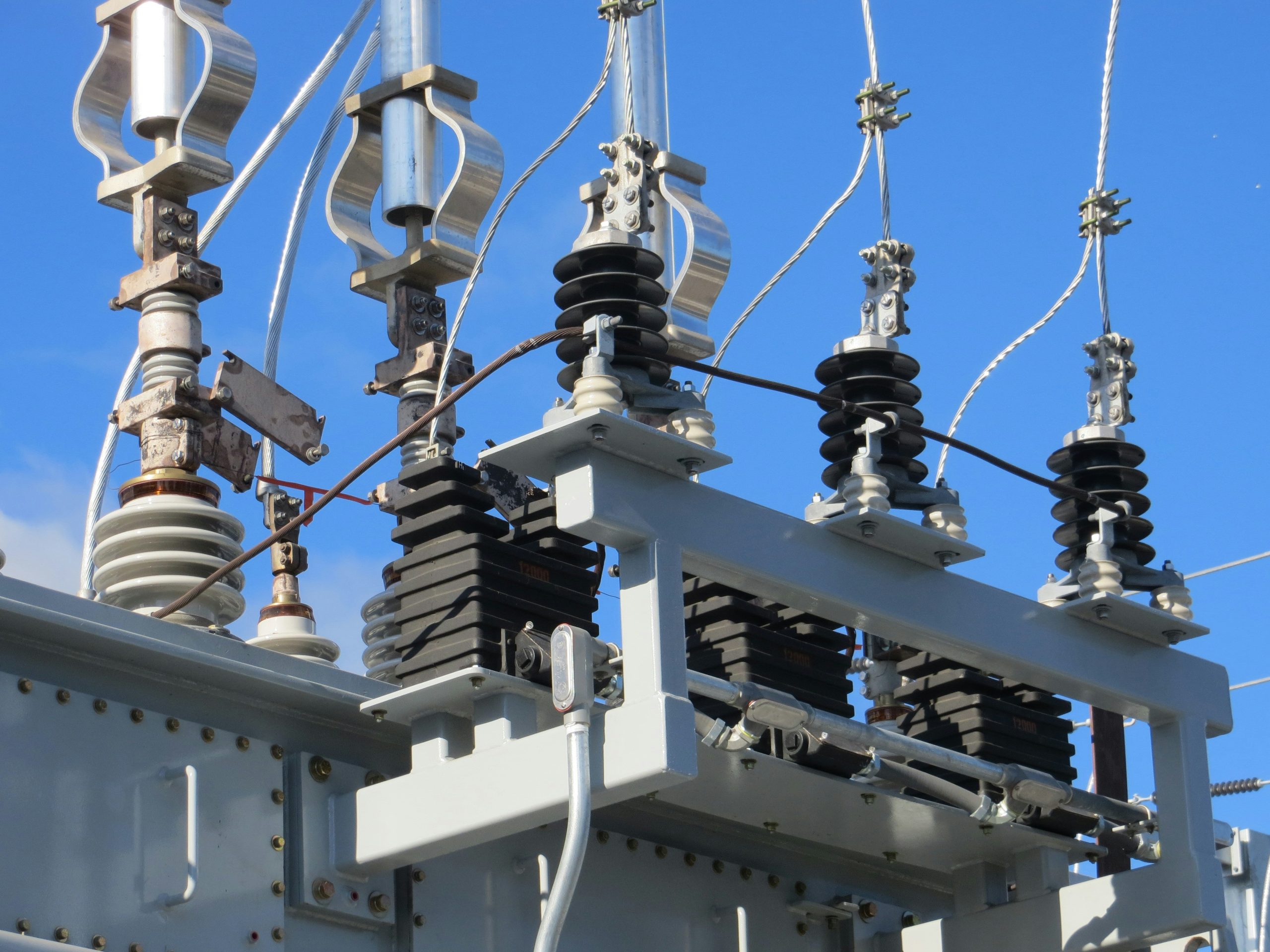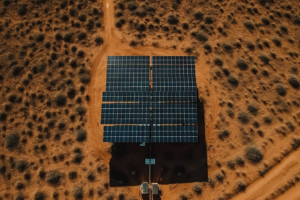Wang Weiquan, Deputy Secretary General, Renewable Energy Professional Committee, China Energy Research Society
To some extent, the regulations on encouraging non-fossil fuel energy consumption in the 2024-2025 Action Plan for Energy Conservation and Carbon Reduction have loosened the 95% renewables consumption red line (to 90%).
This policy shift stems from the escalating challenge that the increasing integration of wind and photovoltaic power poses to the secure operation of the power grid. Upholding the original integration red line could lead to a threat to the security of electricity supply and a decline of (new) capacity installation, both of which are unfavorable for the long-term stable development of new energy.
Although individual projects may experience a decline in revenue due to reduced power generation hours because of the adjustment, it also means that the grid can leverage its limited integration capacity to connect more new projects. In general, this new policy strikes a balance between the secure operation of the grid and the stable development of new energy.

-scaled-e1718605745763-300x170.jpg)

